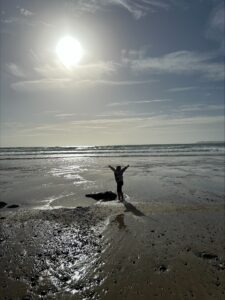Bats At The Anchorage, Sandy Haven
Situated in a narrow steep-sided valley with tall trees and a stream of running water, The Anchorage is an ideal spot for bats. For the past ten years they have been seen with increasing frequency. Visitors are increasingly talking about spending their evenings in the Monks Garden (the terrace with roses) watching the activities of the bats.
Bats are skilful and rapid flyers in their search for moths, other small insects and spiders. They can pick their prey off foliage and like to be near water. Mating usually takes place in autumn and the adult females form maternity colonies in the summer. Bats are the only flying mammals and they give birth to single young in June and early July. As bats are mammals, babies are fed solely on their mother’s milk. The young can fly after 3 weeks and after 6 weeks they can forage. The majority of bats do not mate until their second autumn.
One group of visitors to The Anchorage brought with them a bat detector to identify bats by the frequency of their sounds. They have identified our bats as the Brandt’s Bat or Myotis brandtii. This is very similar to the whiskered bat and was only recognised as a separate species in western and central Europe in 1970. Both are small species with a shaggy fur. Brandt’s bat is slightly larger. The Brandt’s bat has a head and body length of 38 to 50mm and a wingspan of 210 to 240 mm. They weigh between 4.5 and 9.5 gm. The fur is dark brown with golden tips on the back. The face and base of the ears are often pinkish. This identification was confirmed by finding a dead bat in the garden. Remarkably these small creatures have a lifespan twice that of Humans
Bats are not blind and can see well in daylight. But at night they use high frequency calls normally beyond the range of human hearing to build up sound pictures of their surroundings. This echolocation system enables them to fly and hunt at night in search of the tiniest of insects. A bat can eat up to 3,000 insects in a single night.
So in summer 2017 it seemed about time that our new guests were provided with a bat house. Happily Youtube now exists and it is possible to watch videos of how to build a bat house. What was needed was some planed wood. So being on the shore at Sandy Haven a walk across the beach along the high tide line was the next step to see if King Neptune was providing anything suitable. Sure enough, in late September, scattered across the beach were fragments of a yacht. Larger pieces of fibre glass hull gleamed white and there were many smaller pieces of varnished marine ply of various thicknesses and shapes. A visit was made to our Sandy Haven voluntary Harbour Master to report a wreck and other nearby beaches visited. The wreck was known to the Coast Guard and was a yacht from Dale which had broken her moorings in a September storm and had gone onto the rocks. Her fragments driven by north-westerly winds had drifted ashore from Lindsway Bay to Scotch Bay in front of Milford Have town. But they were there for only a few days as the tides were rising and the wind changed to blow from the north, so that the wreckage was picked up by the sea and taken south across the waterway. However a small selection of wood was made (see photograph) with which to construct two bat houses.
The two bat houses were constructed over winter 2017-2018 by a friend (Mr Michael Webb) and put up about 15 feet high on the sheltered end wall of The Anchorage in April 2018. Lets see what happens next. There is a Pembrokeshire Bat Group www.pembrokeshirebats.org.uk that was established in 1986. Natural Resources Wales provides advice on bats at 0300 065 3000.
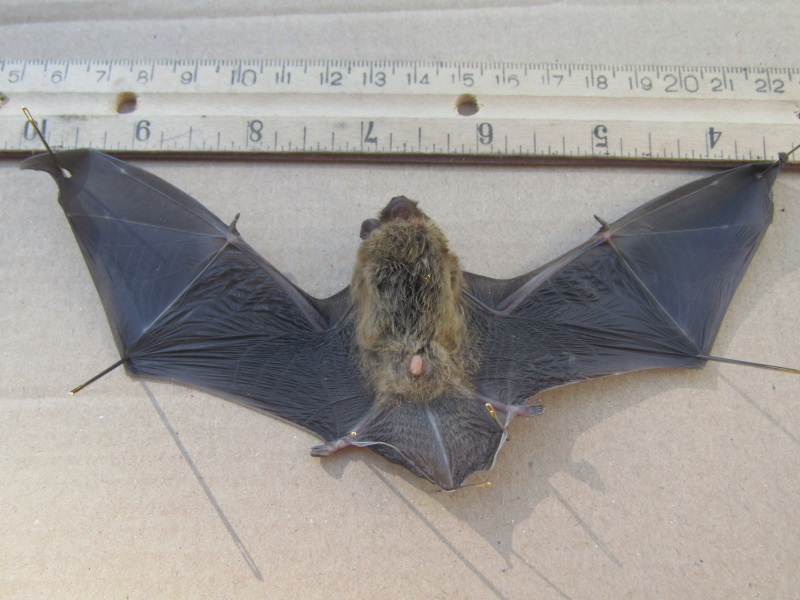
Brandts Bat 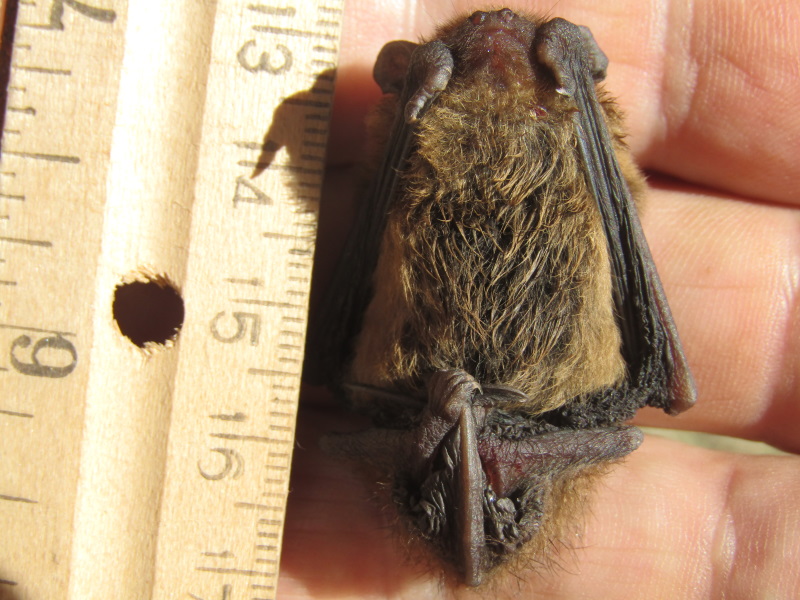
Brandts Bat 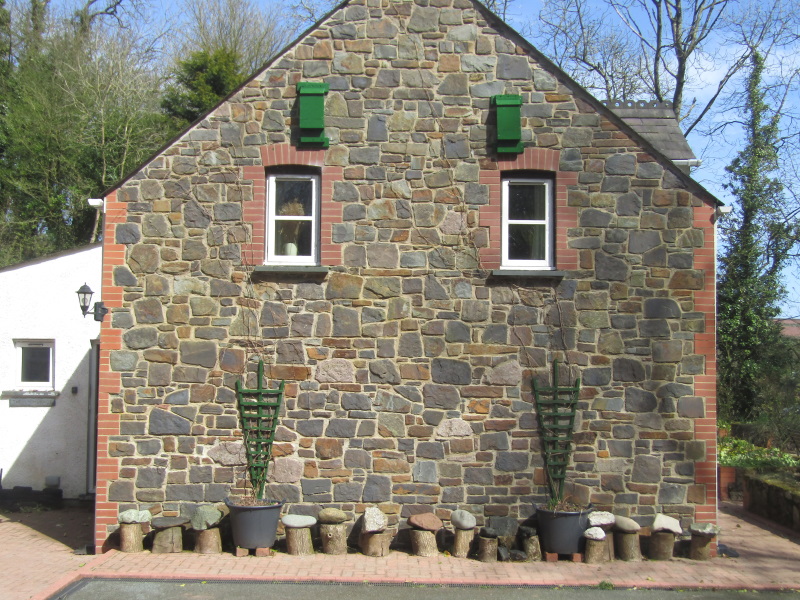
The end wall with two bat houses 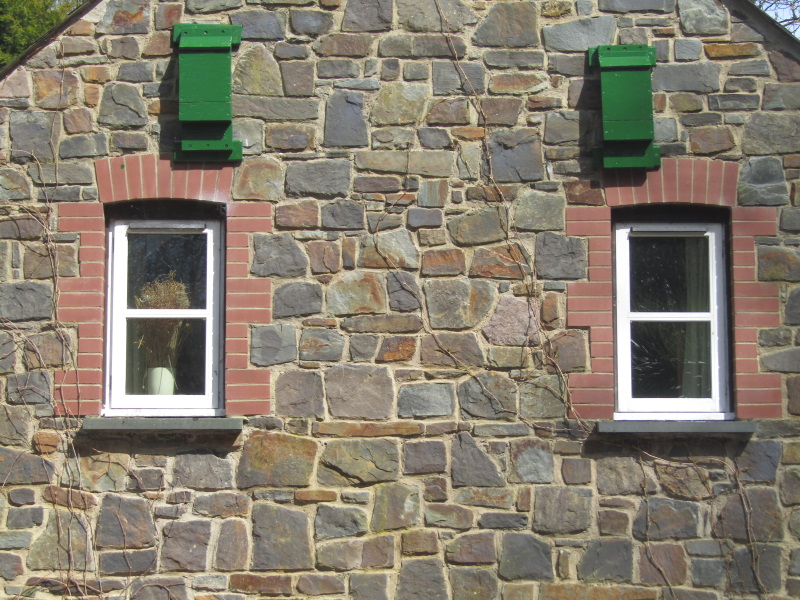
The two bat houses 
Wreck wood for building bat boxes

